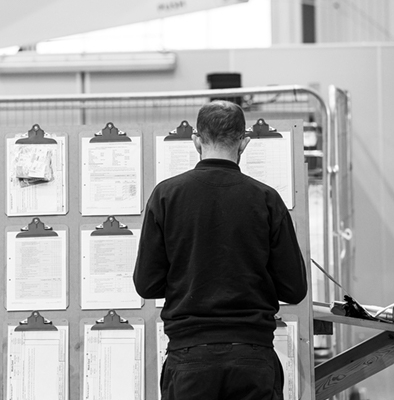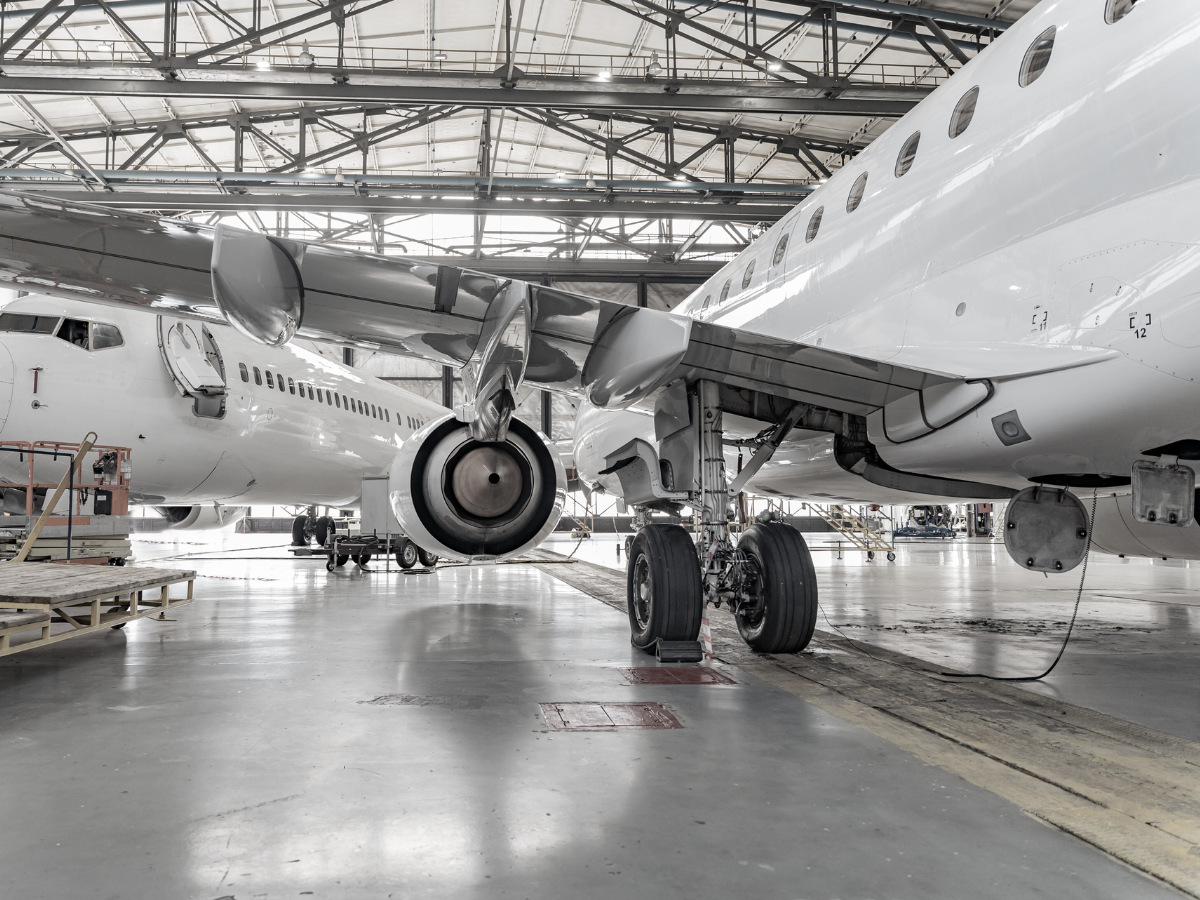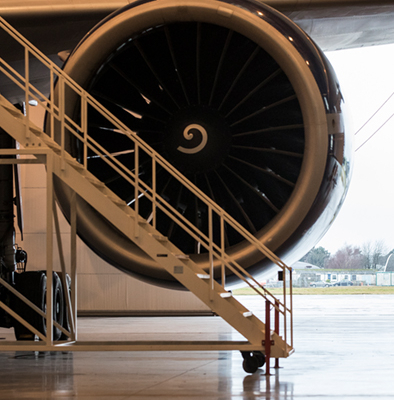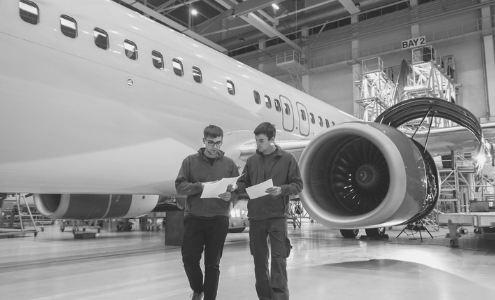 https://www.flyertech.com/wp-content/uploads/2020/07/grid-case-studies-arc.jpg
517
394
Mike
https://www.flyertech.com/wp-content/uploads/2020/05/Flyertech-Logo-1.png
Mike2024-11-14 17:16:162024-11-14 17:16:16The Benefits of Outsourcing Technical Representation
https://www.flyertech.com/wp-content/uploads/2020/07/grid-case-studies-arc.jpg
517
394
Mike
https://www.flyertech.com/wp-content/uploads/2020/05/Flyertech-Logo-1.png
Mike2024-11-14 17:16:162024-11-14 17:16:16The Benefits of Outsourcing Technical RepresentationOur Services
Our Sectors
About us
FlyerTech Limited, Unit C, Kendal House, Victoria Way, Burgess Hill, West Sussex, RH15 9NF. UK.
Company registration address: 1st Floor 25 Templer Avenue, Farnborough, Hampshire, England, GU14 6FE | Registered No. 04209264
Website Design by Clever Marketing





